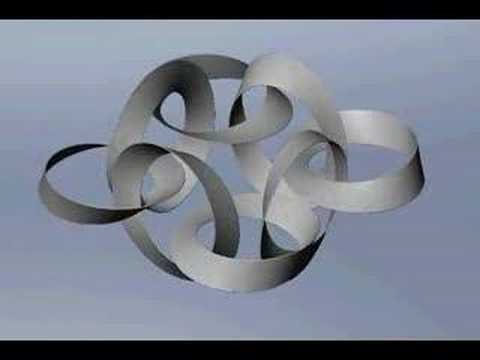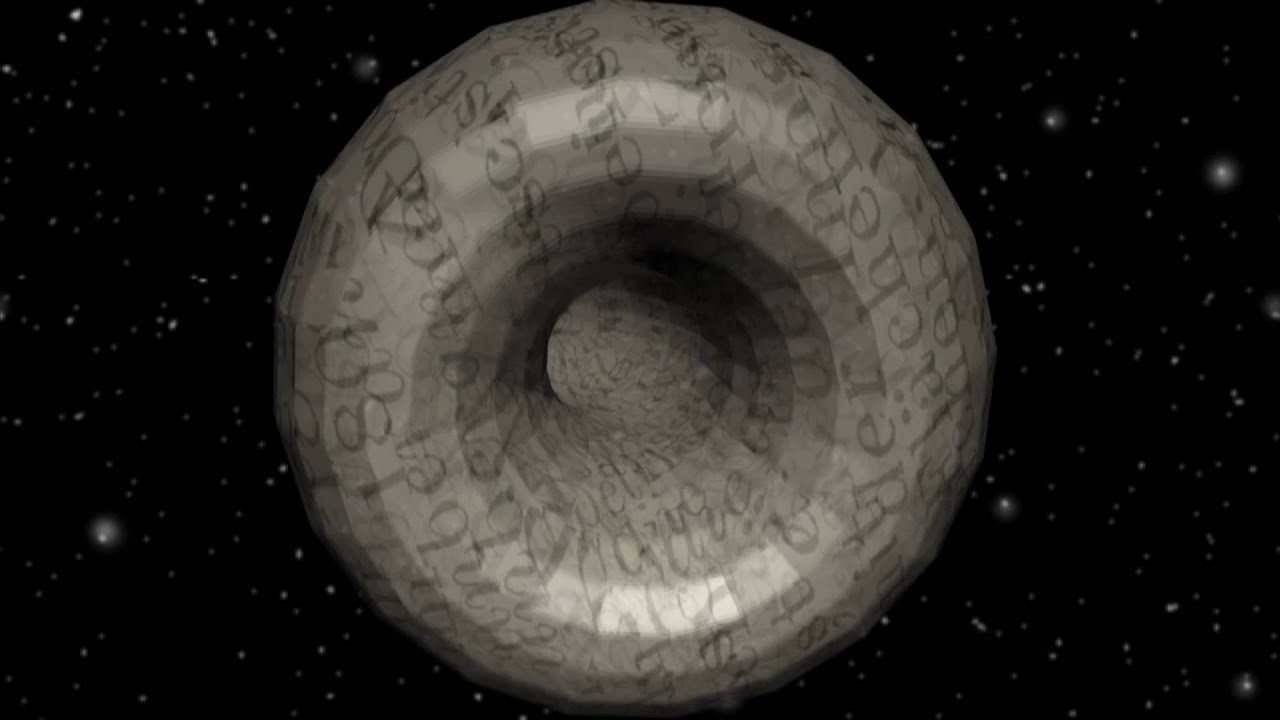Maybe this has already been done? Just a brainstorm I had today about a possible game:
I was trying to envision a two-person shoot-at-each-other game in 3D, where one races around on a semi-transparent Klein bottle surface. Controls would be “classic”: turn left, turn right, forward thrust and shoot, but the implementation would be over the geometry of a Klein Bottle surface.
I’m imagining the bulk of the screen being POV (for the individual player), but with maybe a 3D model/map on the side.
Part of the charm, on the surface in front of you, the “enemy” might be right-side-up (on the same surface as you) or upside-down and slightly blurry (on the “other side” of the Klein bottle). One would have to get a feel for the geometry of how to approach/ambush. Bullets would follow along the surface, curving around as the surface curves, but would die before they loop back to their origin! (No shooting self in the butt except in the narrow neck areas.)
Any thoughts on the math needed to make this work? Thought it might be a neat collaborative project.
Part of the problem: Klein bottles are by definition a “non-orientable” surface. So the coding of travel directions for “straight lines” for visuals, flight paths, bullet trajectories, would require some thought! Maybe every point on the surface is encoded as if a tangential plane but with some sort of curvature component…iieeyyaah! Or maybe it is no worse than putting a cartesian coordinate system onto a sphere? This is the first time I’ve tried to actually think about this.

 I’d like to know more about this.
I’d like to know more about this.
